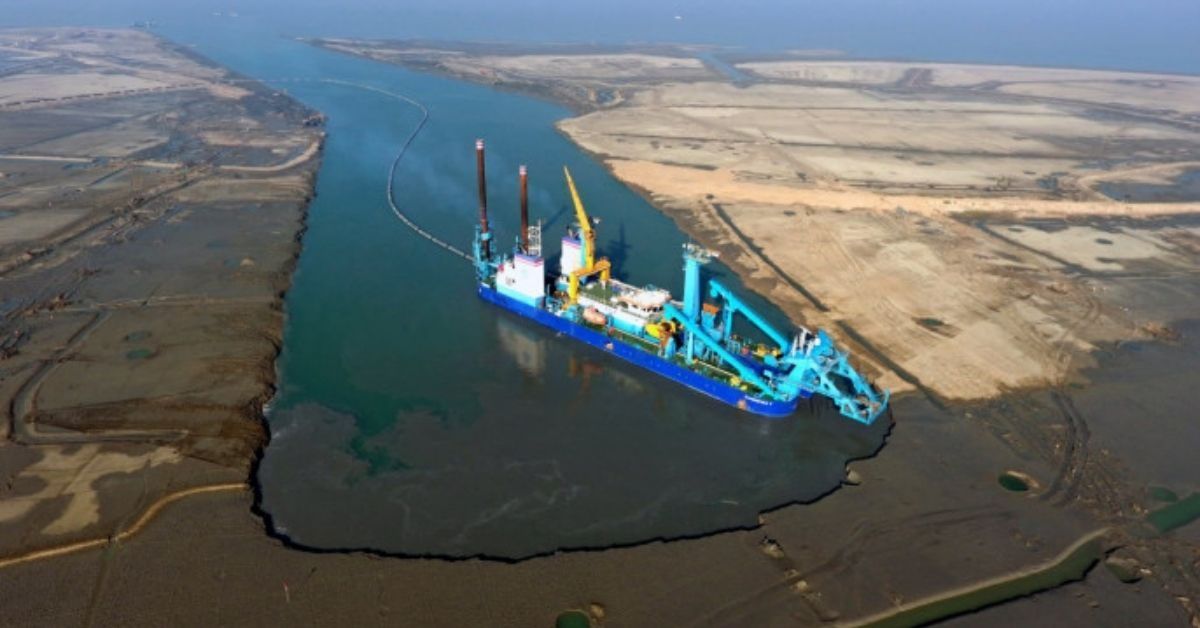The deep seaport being developed at Matarbari in Bangladesh will be developed as a crucial commercial hub in the Bay of Bengal region, enabling linkage of industrial value chains with Northeast India, reports ET Infra.
A detailed study by Shillong-based think-tank Asian Confluence, titled ‘Assessing Connectivity between Northeast India and Bangladesh: Towards a Prosperous Bay of Bengal Region’, outlined that the port, being developed with assistance from Japan, is anticipated to become Bangladesh’s and South Asia’s commercial hub.
Japan is expected to invest more than $25 billion, which will include public investment of $15 billion and private investment of $10 billion as part of its Moheshkhali-Matarbari Integrated Infrastructure Development Initiative.
“Once the Matarbari deep sea port becomes operational and connectivity improves, majority of the items presently being imported through Kolkata/Haldia Port might be shipped through this port,” the report stated.
The development of the port is being funded by Japan International Cooperation Agency under the Bay of Bengal Industrial Growth Hubs, an initiative for developing industrial agglomeration along the Dhaka-Chittagong-Cox’s Bazar belt area and beyond.
Japan along with India under the broader “Free and Open Indo-Pacific” policy is working on enhancing the connectivity networks between India and neighbouring countries.
Japan’s engagement in Bangladesh for connectivity development goes hand-in-hand with India’s endeavour which is undertaking upgradation of Mongla Port, road and power transmission networks, railway lines, inland waterways, among others, in the neighbouring country. India’s exposure to Bangladesh through EXIM Bank stands at about $8 billion.
Among all the ports in Bangladesh, Matarbari holds much more importance due to its potential to handle larger cargo ships, with bulk cargo handling capacity of 16-38 million tonnes and container capacity of 4.9 million TEU.







